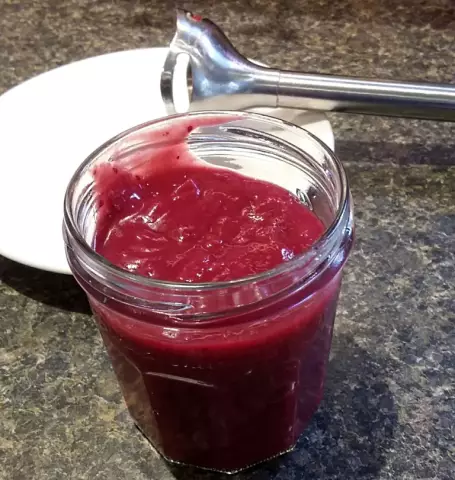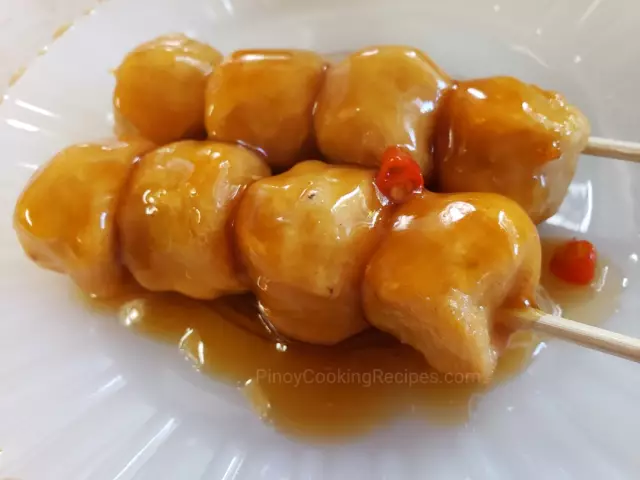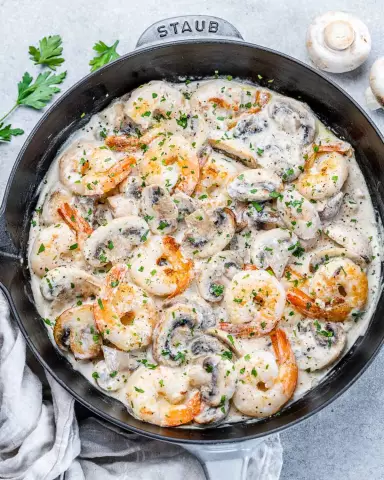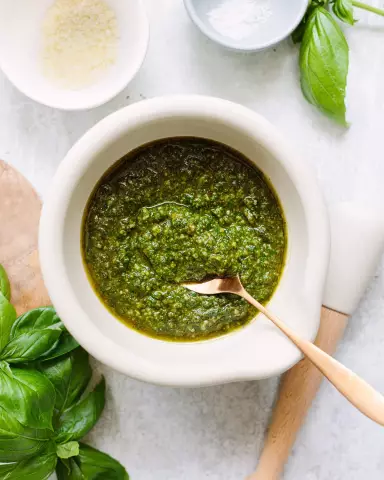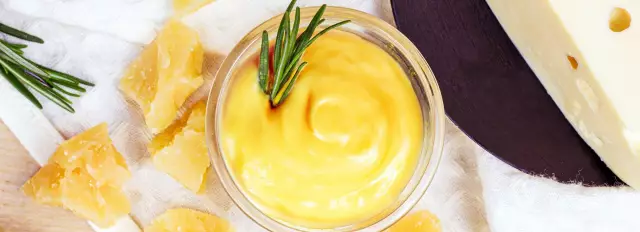- Author Rachel Wainwright [email protected].
- Public 2023-12-15 07:39.
- Last modified 2025-11-02 20:14.
Cranberry Sauce

Cranberries are a very valuable and healthy product. In our country, cranberries have been revered since ancient times. In the diet of our ancestors, cranberry sauce, cranberry juice, cranberry juice, and cranberry itself were necessarily present. And not a single overseas merchant left the country without trying this berry. And the inhabitants of Ancient Rome called the cranberry a small ball that saturates the body with vital energy. And although this berry has an unusually sour taste, it is appreciated all over the world for its unique natural properties.
Currently, cranberry plantations are located in the USA, Canada, Russia, Ukraine, Belarus, Poland, as well as in some Scandinavian countries. Industrial harvesting of fruits begins in early autumn. However, after freezing, cranberries become very sweet.
Cranberry composition
Berries are high in phytonutrients, vitamins and other beneficial ingredients. Cranberries contain the same amount of vitamin C as garden strawberries, grapefruits, oranges and lemons. Also, these berries contain vitamins B1, B2, B5, B6, vitamin PP, K1 and vitamin E. Cranberries contain apple, citric, benzoic, chlorogenic, quinic, oxalic and succinic acids. It contains a lot of fructose and glucose and much less sucrose. It contains a lot of pectin substances useful for the human body. Berries contain various bioflavonoids - flavonols, anthocyanins, phenolic acids, catechins, betaine. There are macro- and microelements important for the body in cranberries: calcium, potassium, phosphorus, iron, iodine. It also contains a little cobalt, boron, lead, nickel, zinc, aluminum.
With such a rich composition of useful components, the calorie content of cranberries is only about 28 kcal.
Useful properties of cranberries
Cranberries are an excellent natural antibiotic. The composition of this berry is rich in substances that protect the cells of the body from the negative effects of free radicals. Due to the high content of ascorbic acid and potassium salts, cranberries are very useful in the period of colds and infectious diseases to increase immunity. It has also been proven that this berry is capable of increasing the therapeutic effect of taking antibiotics for urological, gynecological diseases and pyelonephritis several times.
Scientists claim that daily consumption of a glass of cranberries reduces the risk of exacerbation of cystitis by half. This therapeutic effect of berries is due to the content of benzoic acid and proanthocyanides in it. Substances of cranberry juice, changing the composition of urine, prevent the development of pathogenic bacteria.
Cosmetologists and dermatologists are actively using the beneficial properties of these berries in many products for the treatment of hair, skin and nails.
The fruits have pronounced antibacterial and anti-inflammatory properties. Regular consumption of cranberries helps to increase the elasticity and strength of blood vessels. In addition, it activates the secretion of gastric juice, helping food to be absorbed and improving appetite.
Fresh cranberries are considered the most useful, but after heat treatment, these berries can be used for colitis, gastritis and pancreatitis.
Jam, jelly, marmalade, preserves are made from cranberries. Also, the berry is used to prepare juices, fruit drinks, tinctures, kvass and cranberry sauce.
Making cranberry sauce

Cranberry Sauce is a sweet and sour cranberry sauce used in traditional English and American cuisine. Americans associate cranberry sauce with Thanksgiving. In this country, it is served with traditional turkey. In England, cranberry sauce is served with poultry or meat at Christmas.
Cranberry sauce gives poultry, fish and meat dishes a special, festive taste. This sweet and sour sauce goes especially well with fatty lamb or pork. It is also good to serve such a sauce with game, galantines, meat pates. The result is a harmonious and very rich taste of the dish.
Cranberry sauce can be used to make muffins, pies, and can be spread on a bun, a piece of loaf, bread, or simply added to hot water or tea.
Cranberry sauce usually takes no more than half an hour to cook. There are many recipes for making cranberry sauce. The classic recipe for cooking: dissolve five hundred grams of sugar in half a liter of water, bring to a boil and boil for no more than five minutes. Then add the cranberries and heat again until the peel on the berry begins to burst. Then the sauce is removed from the heat and rubbed through a colander. Cranberry sauce can be served either warm or cold. To make the sauce thicker, it must be boiled for a long time. This recipe can keep in the refrigerator for up to two weeks.
Cranberry sauce can not only be served with meat, but also added to potatoes, pasta, vegetables. If desired, you can add various spices to it - grated ginger, cloves.
Found a mistake in the text? Select it and press Ctrl + Enter.

